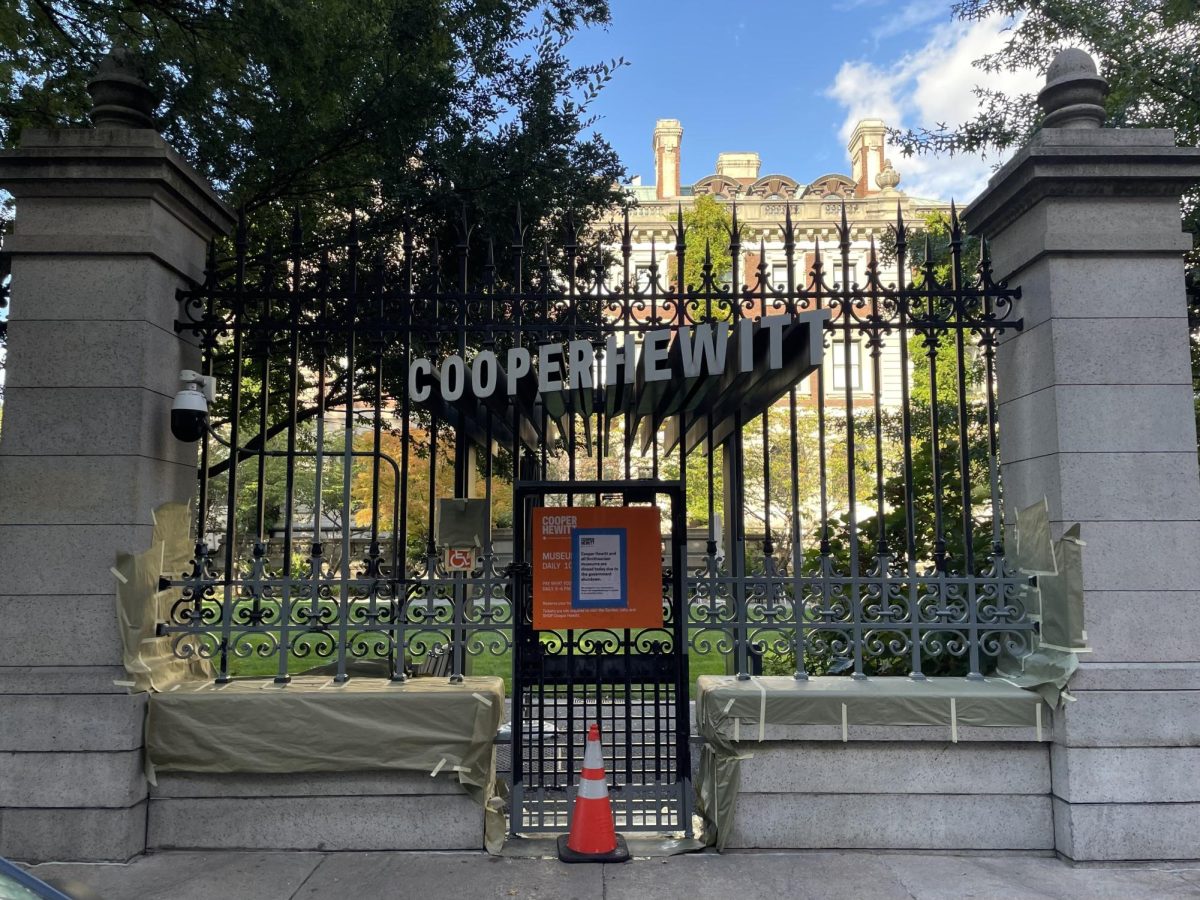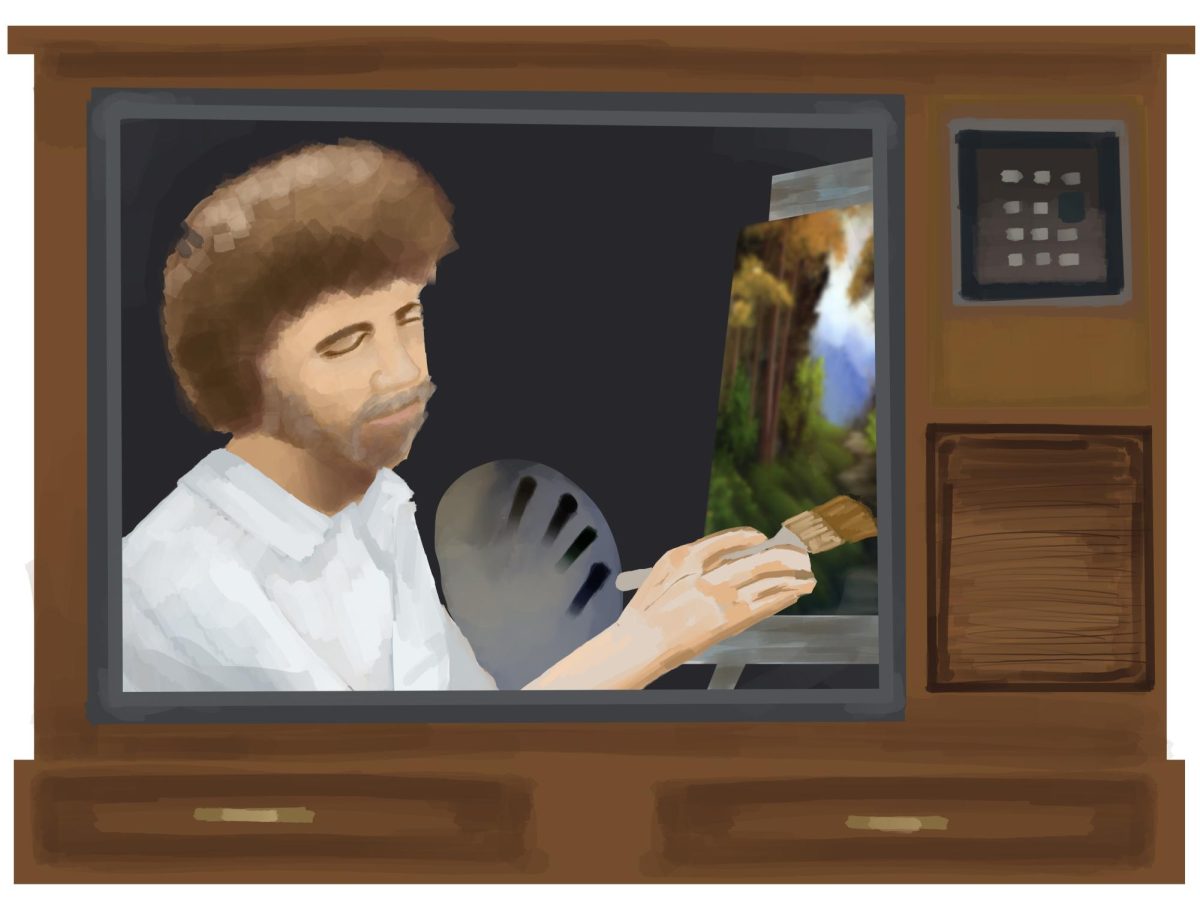The Baltimore-based synth-pop band Future Islands released their album “People Who Aren’t There Anymore” on Jan. 25. Whisking listeners away in a whirl of synths, guitar and passionate vocals, the album depicts a memory of two young, equally sweet, and toxic lovers and paints a portrait of a love that is as ugly as it is beautiful.
The album consists of six previously released pieces and six new tracks. “Give Me the Ghost Back,” “Corner of My Eye,” “The Thief,” “Iris,” “The Sickness” and “The Garden Wheel” are all new additions to the band’s discography.
Vocalist Samuel Herring gestures with his arms wide open in “King of Sweden.” The song captures feelings of naïve teenage love and rebellion. When listening to the song, it’s easy to picture a “promposal” or someone sneaking out for the first time. Listeners find themselves hopeful about the young love just discovered, washing up on an unfamiliar shore.
“The Tower” tells of a stinging, nostalgic pain. As the sugary, sweet synth melodies bounce around, it suggests that the depicted memory is happy, a memory enjoyed but best enjoyed retrospectively.
Slowly, as the memory overtakes, “Deep In The Night” gets lost in a slow-tempo longing. “Say Goodbye” brings the tempo back up. The track brings up feelings of hope, holding onto love and saying goodbye to the passing of time as the world falls like sand between one’s fingers.
“Give Me the Ghost Back” rises through artificial bubbles in toxic waste. It makes one feel like they’re trapped in a haunted mansion. The song creates a maze of memories and trap doors impossible to escape from.
“Corner of My Eye” is the album’s crown jewel. It carries an intense spiritual energy that makes one want to hold their hands up to the sky in praise and ask for forgiveness for something beyond comprehension. The lyric “It’s perfect so it’s done now” closes the song with a bittersweet goodbye, appreciating what existed.
Shifting into “The Thief” is a jaunty, hopeful tune, taking inspiration from a spring day or a walk in the early morning. It broke the melancholy of the previous track almost abruptly. “Iris” sauntered, blending with “The Thief” by using an upbeat, positive beam of sun.
As the melody in “Peach” climbs throughout the track, it forces the listener to look up and feel hope and sadness. “The Sickness” admits something to the listener and gives something up to gain more. A hopeful but remorseful guitar serenades a child who is still hurt but heals and takes.
Listeners are brought back to the beginning with “The Garden Wheel,” which resembles the first track in the album, yet without the pops and plucks of the synth. It’s full of high-energy yearning for itself and how it was, but it isn’t quite the same.
“People Who Aren’t There Anymore” leaves listeners with more questions than answers, yet it still provides a sense of resolution.









Sarah • Feb 21, 2024 at 11:32 pm
This must be a satirical illustration of imagery. Music is transformed through each personification and encapsulated window… yet I just can’t help but loathe this interpretation greatly. I just don’t understand how this album can be compared to a “promposal” in the same sentence with Samuel’s poetry.